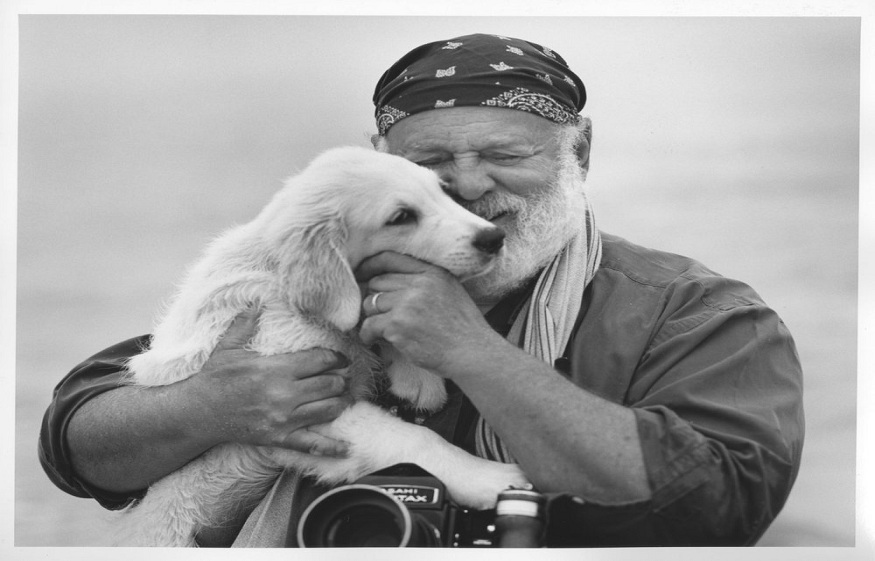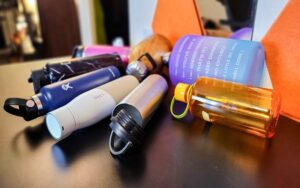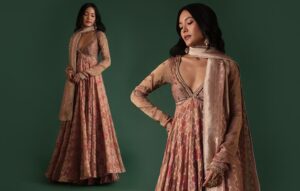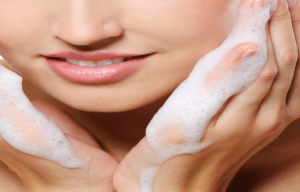Bruce Weber Photographer Shares Insight into Using Reflectors for Photography

Photography is way more than simply knowing how to work a camera. Understanding light, and the manner it bounces and spreads, is also pretty important. A few objects absorb light, while others bounce it back in another direction. A reflector is an important tool that allows photographers to manipulate the light by offering another surface for the light to bounce off. Reflectors are simple, cost-effective tools that can have a huge impact on images. Rather than extensive lighting set-ups, Bruce Weber Photographer prefers to use just a reflector for many of his shoots.
Bruce Weber Photographer talks about clicking amazing photos with the help of a reflector
In photography, a reflector is basically a tool that reflects light. It does not create light like a flash. A reflector just redirects the existing light. It can redirect light from the sun or even from a flash or studio strobe. The quality of light from a reflector will be the same as the light of the scene. For example, if a photographer is shooting at sunset, the light bouncing off their reflector is likely to have a bit of an orange hue. There, however, can be exceptions to this. After all, reflectors do come in multiple colors and types. The color of the reflective surface might change the tone of the light that is bounced back.
A typical white reflector would bounce of the light as it is, and add a nice, soft touch to it. Silver reflectors do not change the color of the light as such, but do provide a bit brighter light than the one reflected off a white one. Gold reflectors are designed to change the color of the light by warming it with an orange tone.
As reflectors do not create light, their key purpose mostly is to fix shadows. They can be used to fix odd shadows on the face when shooting a portrait outdoors during daytime. Reflectors can also be helpful in preventing a backlit subject from becoming a silhouette. If the light is directly behind the subject, a reflector should be placed directly in front of them to help prevent a silhouette. Conversely, if the light is coming from one side, a reflector should be used on the opposite side to help fill in the shadows. Placing a reflector close to objects blocking the light can also be ideal for clicking stunning images.
Reflectors are highly versatile tools, on the whole. Most experienced photographers know how to use them in a myriad of ways. For instance, reflectors can be used to add more drama or interest to the shot in flat lighting. A few photographers also use reflectors as hair lights outdoors. Certain reflectors have a black side that can be used for blocking out light rather than reflecting it. Reflectors are also great for bouncing a flash when there is nothing around to bounce off of
Industry professionals like Bruce Weber Photographer do have a good understanding of how to use reflectors proficiently. Amateur photographers, on the other hand, must pay heed to important tips and tutorials available online to hone their capabilities.






